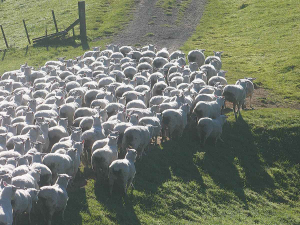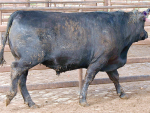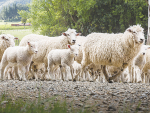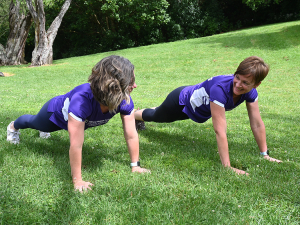OPINION: When I left school in 1962, I worked on our family farm at Tikokino, but learning about farming wasn't a priority at the time because I had other distractions on my mind, such as fast cars and hot girls.
The trouble is, this flippant attitude caught up with me when my father died too young and I found myself in the deep end, trying to run the farm when I didn't really know how.
Which meant I had to learn fast, with the emphasis on thinking. So anyway, I soon worked out that the most important aspect of farming is stock management, as regards grazing.
For what it's worth, I'll pass on a few things I've learned by trial and error.
Firstly, when it comes to set stocking, especially sheep for lambing, it's essential to download Google Earth Pro to work out how many effective hectares of grass there are in each paddock.
Then, going on the theory that each hectare (2.471 acres) has an average carrying capacity of say, 15 stock units (mature sheep being on unit) and, allowing for the fact that the ewes will be dropping at least 150% of lambs, which will soon start grazing... then you don’t want the ewes stocked at more than about 10 to the hectare.
After the lambs have dropped, and the spring growth is taking off, you should then top up by spreading cattle lightly in each paddock. About one per hectare (six stock units equivalent) will bring the total (including the lambs at one third of a unit) to about, give or take, 20 per ha.
This not only results in the cattle controlling the rank spring flush, but by not having all one class of livestock, there is less of a worm burden to the lambs.
Of course, when working out how many stock should go in each paddock, you must make allowance for each one being a different soil type (heavy or light), and topography (flat or steep), plus aspect (north or south facing). My example above is based on good flat country.
I’d say for light stoney flat country, or steep hills (other than high country) the stocking rate would more likely be not much over seven ewes per ha. Then topped up after lambing with cattle at between two thirds and three quarters of a beast per ha.
Getting the sheep stocking rate wrong from the outset will result in either overstocking – and by the time you realise, and adjust the numbers, the damage will have been done, i.e. the grass is chewed out, and can’t recover enough in late winter. Or, your wild guess results in not enough ewes in a paddock – so they’ll likely have lambing trouble, due to being overfed.
No doubt, some whizkid farmers would calculate carrying capacity on weight of livestock in kilos/ha. That’s too technical for most of us. I stick to simple basics as a guide – which also requires the ability to adapt by using observation and analytical thinking.
I must add that I believe each lot of ewes and lambs should remain as settled family groups in their own paddock (familiar territory) right through until weaning. Despite the extra work involved mustering and keeping each mob separate at docking and ewe shearing.
After weaning, the ewes should be tightened up over summer, but not in a free range, open gate, unsettled, pasture trampling, rut creating, gateway crushing system.
Then before tupping they need to be “flushed” on good pasture, i.e. gaining weight to help ensure they produce twins.
When tupping is finished, the ewes need hardening up over winter to be fit when they’re spread lightly again on short, but fresh pasture for lambing.
This all seems so simple that you’d think everyone must have a good understanding of the basics of grazing. However, I’m often astounded to find that many farmers haven’t really got the hang of it. They’ll insist they do, but if you challenge them to explain how they go about deciding what numbers of sheep should be set-stocked in each paddock, it turns out they’re often just guessing and hoping for the best. Which doesn’t always work.
Hence my suggestions. Not that I can claim to be any sort of expert, so the question will undoubtedly be asked as to who the hell I think I am to be handing out advice.
Well, I’m only trying to help, which I’m sure some farmers will be honest enough to admit they appreciate. I just wish someone had taken the trouble to point out the simple basics to me.
Kerry Butler farms in Waipawa, Central Hawke’s Bay



















